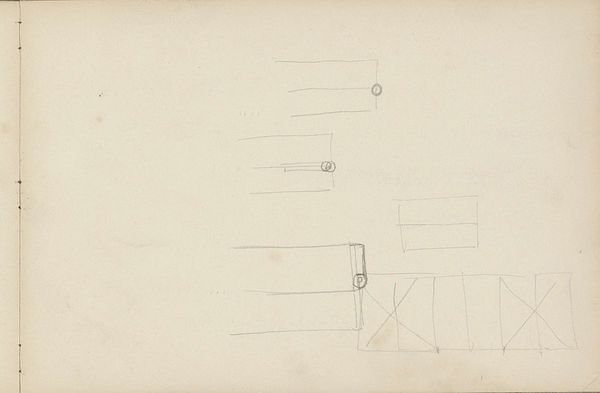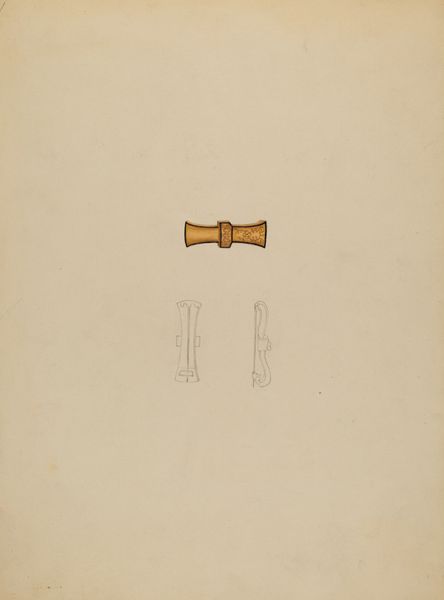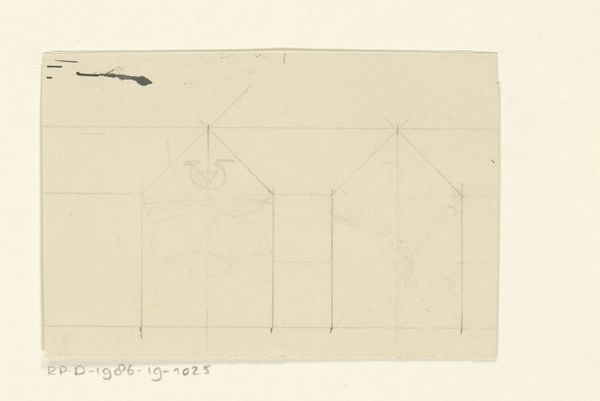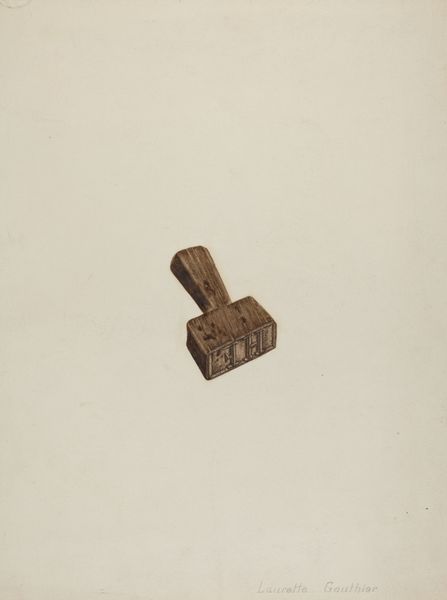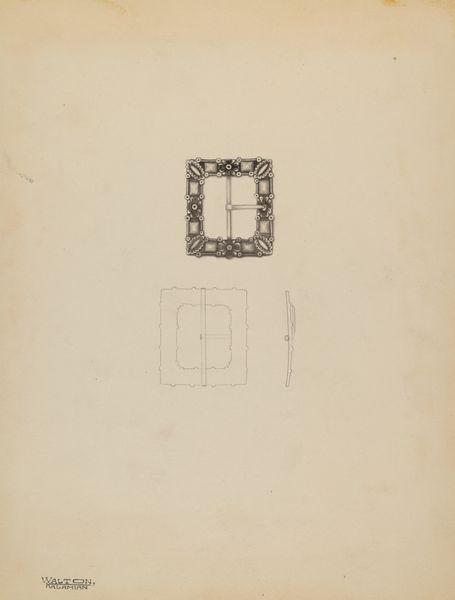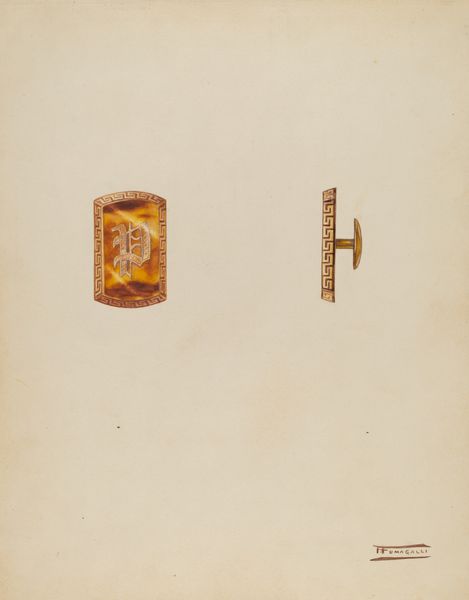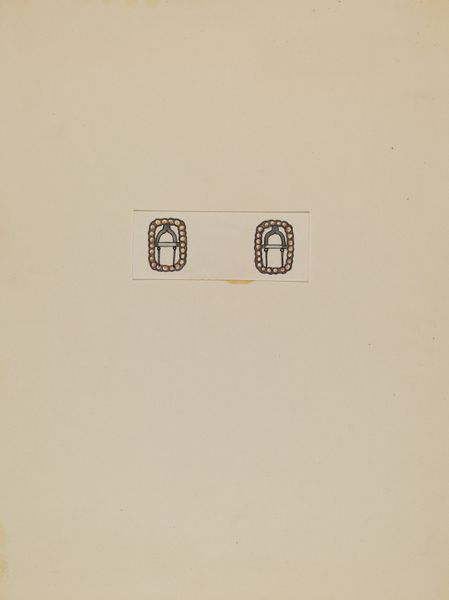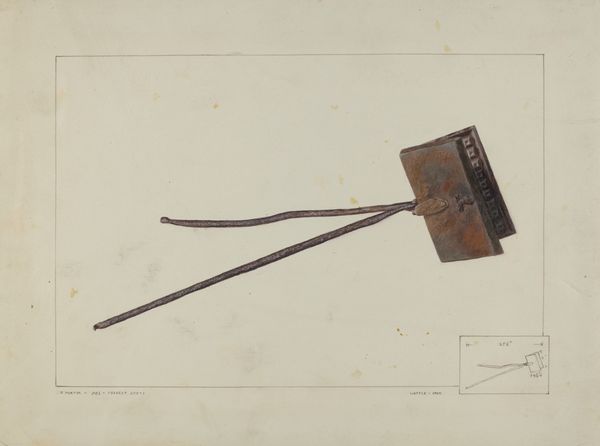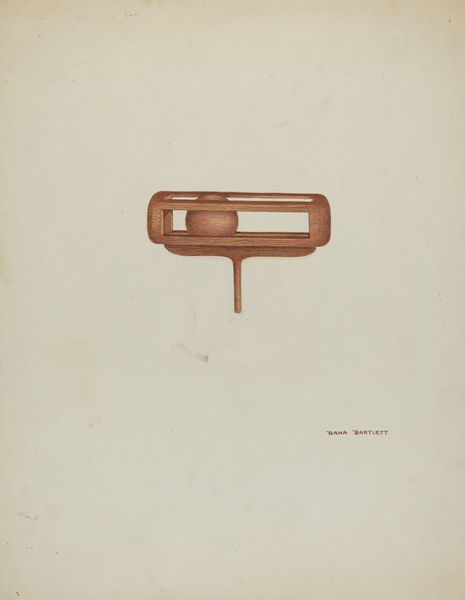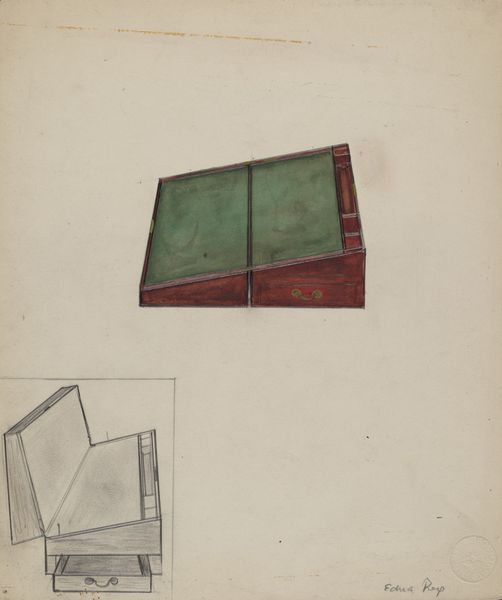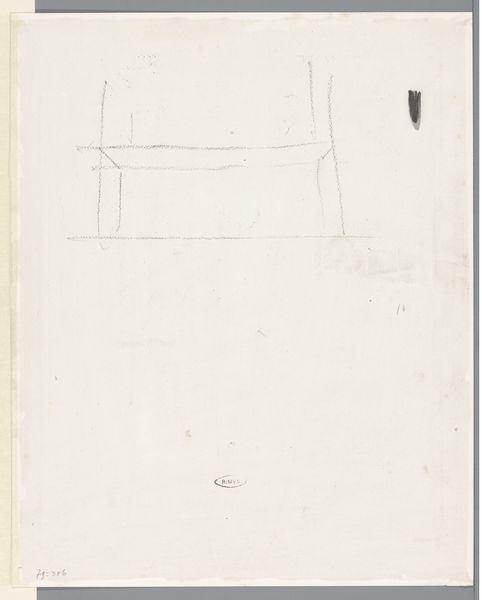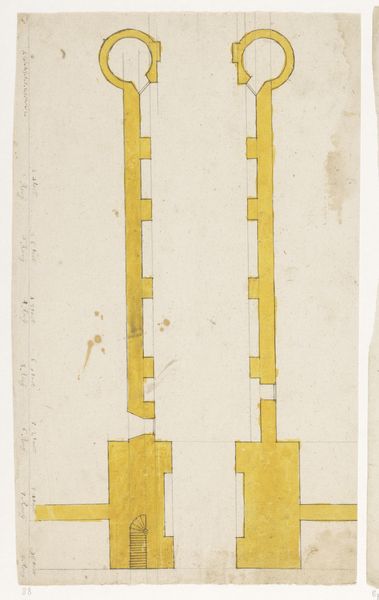
drawing, pencil
#
drawing
#
shading to add clarity
#
pencil drawing
#
pencil
#
realism
Dimensions: overall: 28.1 x 22.7 cm (11 1/16 x 8 15/16 in.)
Copyright: National Gallery of Art: CC0 1.0
Editor: Here we have Carl Keksi's "Wooden Stamp," dating from 1935 to 1942, a pencil drawing. The detail is really striking. What strikes me most is how this everyday object has been rendered with such care and precision. How do you interpret this work, especially given the historical context? Curator: Well, what resonates with me immediately is the period. The late 1930s and early 1940s were tumultuous years. Something like a simple wooden stamp—an instrument of bureaucracy, control, and perhaps even censorship—becomes quite charged, doesn't it? It almost makes you wonder whose work might have been authorized – or suppressed – by the use of that very stamp. Editor: That's a very sobering perspective. I was just appreciating the realism, the textures rendered in pencil. I didn’t connect it to social or political power at all! Curator: Precisely. Realism, even hyperrealism like this, isn't neutral. The choice to depict this particular object with such focus implies intent. This close attention on ordinary, often overlooked instruments, grants us an opportunity to explore who yields influence. What does it mean to elevate this stamp from an unremarkable item into a focal point? Does the presence of that stamp indicate or implicate who got included in or excluded from history at that time? Editor: So, by meticulously recreating this seemingly insignificant object, Keksi encourages us to consider these ideas about those times? Curator: Exactly. It prompts a consideration of whose voices get amplified and whose are silenced, inviting reflections on power, identity, and access, not just then, but also in relation to our world now. Editor: Wow. I'll never look at a still life the same way again. It is so much more layered and potent than I first imagined. Curator: And hopefully, it will inspire you to ask "who gets to make their mark and why?" whenever you look at art moving forward.
Comments
No comments
Be the first to comment and join the conversation on the ultimate creative platform.
